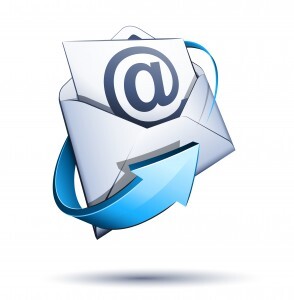

Consider this – an Infosys study found that the purchasing patterns of 86% of the consumers are influenced when the offers and deals are personalized to them. As retail marketers learn to use customer data to further personalize deals, the customer loyalty and engagement patterns are bound to see an improvement. Despite the numerous eulogies written for email as a communication medium, they still remain one of the most preferred tools among retail marketers.
However, a regular email communication from retailers today is generic and caters to the ‘flavor of the season’. Is it the Christmas season? The newsletter inevitably talks about gifting your loved ones. Is Valentine’s Day around the corner? Then, the newsletter is all about love and romance. There is no effort made to learn if you, as an individual customer, celebrate Christmas or want to gift your significant other on Valentine’s day.
With big data, email marketing can get a lot more personalized. Does your customer typically purchase protein supplements every month? They probably lift weights. Have they not made this purchase in the past two months? It is possible that they have moved to another retailer. Using this data, your newsletter could personalize offers to this particular customer. The personalization does not necessarily have to come from your own purchasing history alone. One reason why big data is so powerful is that it can make purchasing assumptions by comparing your purchase patterns with those of the customers at large. If the retailer knows that you regularly purchase four products and if their big data analysis reveals that people who purchase these four products are also regular buyers of a fifth product, then they could very well personalize their newsletter communication to you to recommend this fifth product. Depending on how you engage with this recommendation, the big data engine could learn and evolve to make further recommendations.
Although the potential of big data in email marketing is massive, it is still primarily a tool that is available in the hands of the big retailers today. This is understandable given the costs involved. We are however seeing a steady evolution of the small business newsletter tools. For instance, GetResponse, one of the leading email marketing services, recently announced the launch of a marketing automation system thatlets its users customize their autoresponders based on the click-through behavior of a specific subscriber.
One interesting evolution that the use of big data in email marketing will bring about is the gross reduction in what I call “legal spam.” Retailers today are still groping in the dark as far as identifying the best product to promote. This has resulted in them sending out multiple newsletter that are not relevant to the individual subscriber. By integrating individual customer preference and buying behavior with email marketing through big data, retailers can ensure highly personalized newsletters that are all relevant to all the individual subscribers at the same time. This is the future of email marketing as we know it.